The Big Bang Theory is supported by four key pieces of evidence. Name and explain them.
Hubble's Law which states that the universe is expanding and that galaxies that are further away are moving away faster.
Red Shift which states that we can tell that galaxies are moving away from us because their color is shifted to the red part of the spectrum
e = mc2 which states that all of the matter in the universe could have come from pure energy
Cosmic Microwave Background which is the left over radiation released during the Big Bang.
The solar system began forming out of this 4.6-5.0 billion years ago.
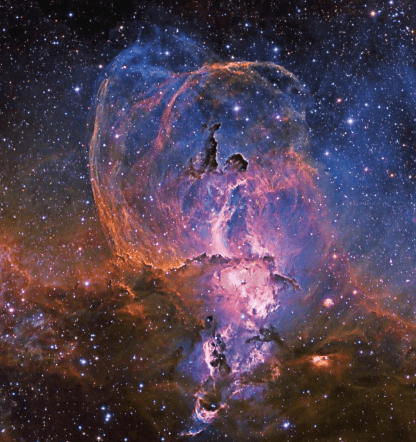
What is a nebula?
HR-Diagrams show how different mass stars evolve. These are three of the features of main sequence stars shown on an HR-Diagram
What are temperature and luminosity?
Protostars begin within large clouds of gas called this.
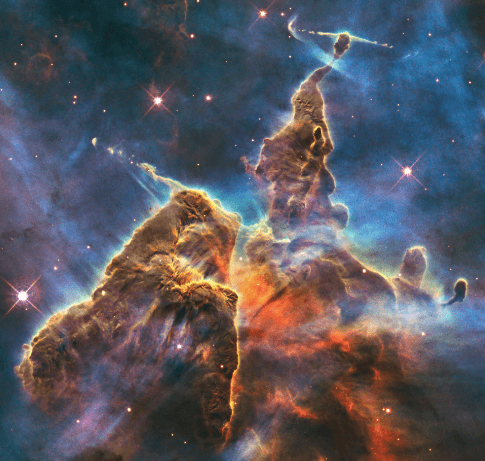
What is nebula or stellar nursery?
Hawking Radiation is one of two pieces of evidence that black holes exist. It is released from this structure on a black hole.

What is the Event Horizon?
This is the name of the youngest possible picture of the universe. The universe's baby picture.
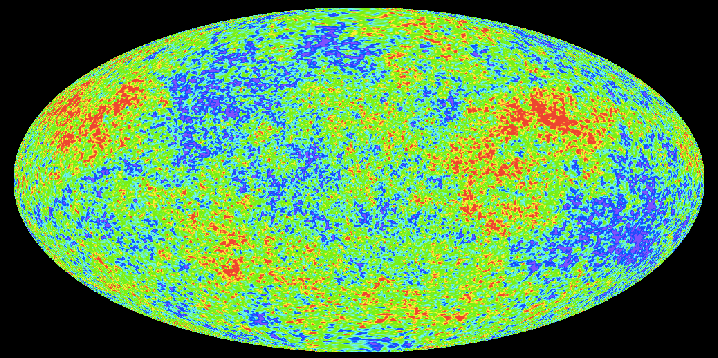
What is the Cosmic Microwave Background Radiation?
Earth formed by a process called accretion which means that this was happening.
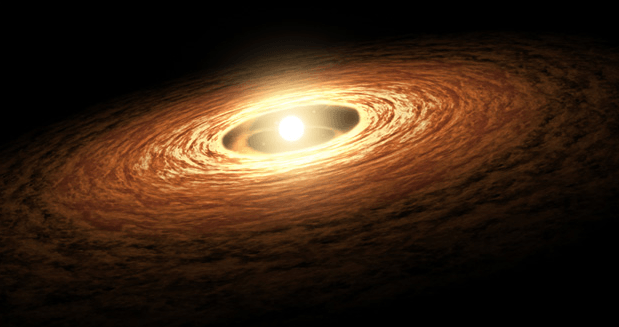
What is small bits of dust were sticking together forming larger and larger rocks until finally Earth was formed?
Stars that are very luminous, but not very hot are either a super blue giant or this type of star.
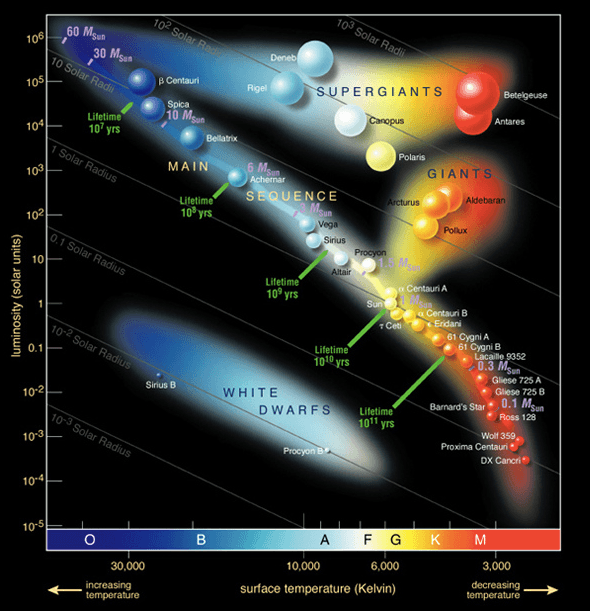
What are red giants or red super giants?
Stars that are larger than 10 solar masses will eventually turn into these before going supernova.
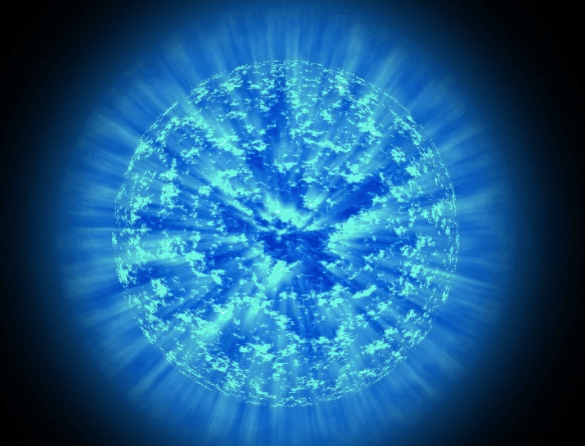
What are red giants?
Black holes have immense gravity. These are two things you might find inside of a black hole.
What are a path to another universe (white hole), death, intense heat and radiation, wormhole to another part of the universe?
Edwin Hubble discovered two important realities about our universe. The universe is expanding and this fact about galaxies viewed from Earth.

Galaxies that are further away Earth are moving away faster than galaxies that are closer to Earth.
This force attracted smaller rocks to bigger rocks and ultimately resulted in protoplanets turning into planets. One of which is Earth.
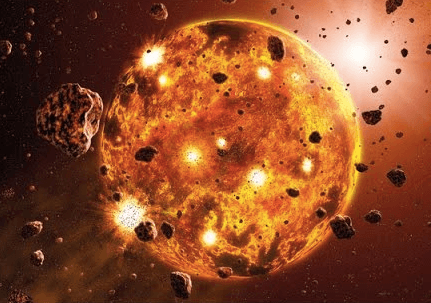
What is gravity?
Star remnants that are very luminous, but not very hot are called this.
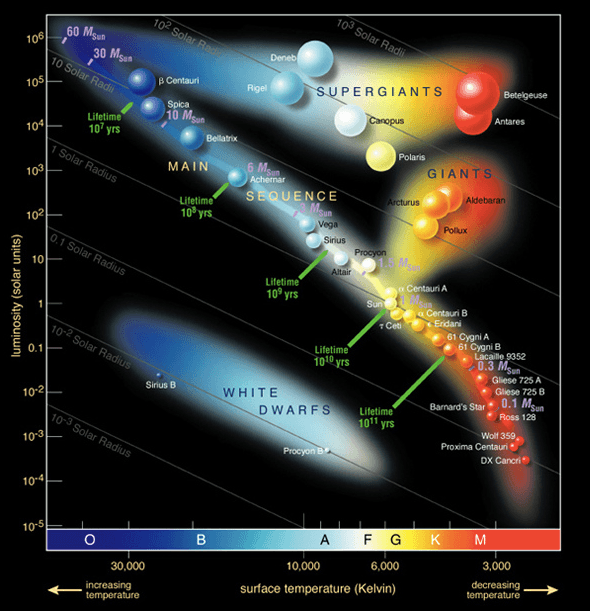
What are white dwarfs?
Sun-like stars are not big enough to go supernova, but they do turn into red giants and then turn into these beautiful objects for a few million years.

What is a planetary nebula?
The Event Horizon is the point at which this happens.
What is point of no return, nothing can escape, not even light?
Redshift is a piece of Hubble's Law that demonstrates this strange fact about galaxies.

What is light from galaxies moving away from our galaxy is stretched due to the expansion of the universe?
While the space dust was accreting together charges were building up and electrostatic charges built up releasing space lightning. Space lightning then resulted in this that caused the space dust to melt, making it easier for protoplanets to form.

What is melt?
Stars that are fusing hydrogen to helium are considered in this phase of development and can be found along the curved portion of the HR-Diagram.
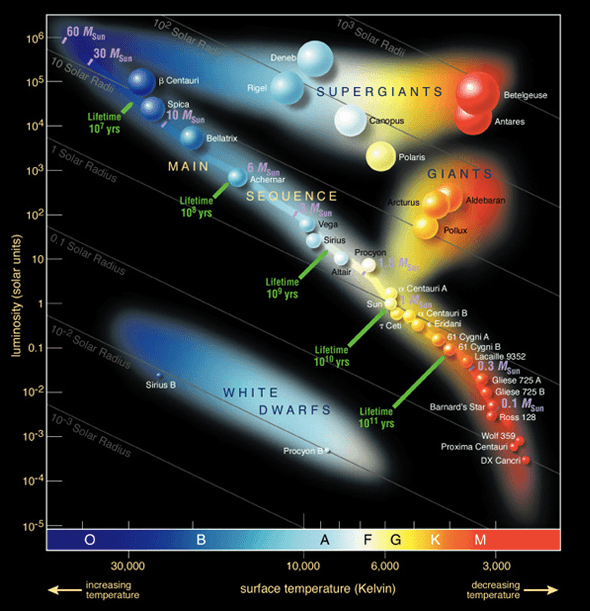
What is the main sequence?
Stars that are slightly larger than the sun are good candidates to turn into these, but not quite large enough to turn into black holes.
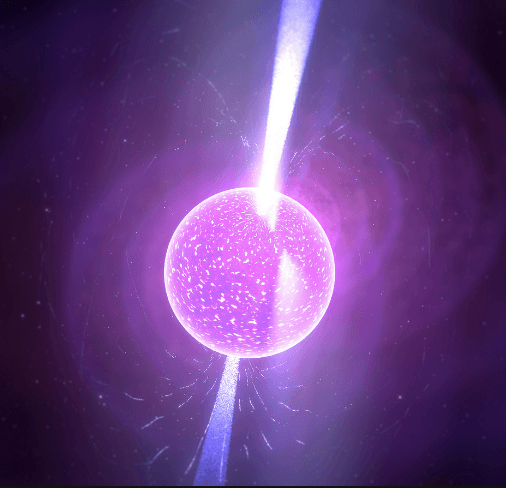
What are neutron stars?
This is what happens to matter once it passes beyond the Event Horizon. A very horrible (but tasty???) way to die.
What is spaghettification?
Evidence suggest that universe is this number of years old.
What is 13.84 billion years old?
Once the Earth was formed materials that were more this settled to the core.
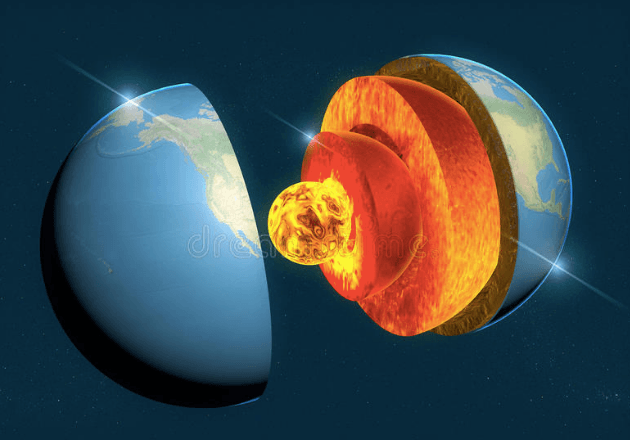
What is dense?
The hottest, most luminous stars are this color.
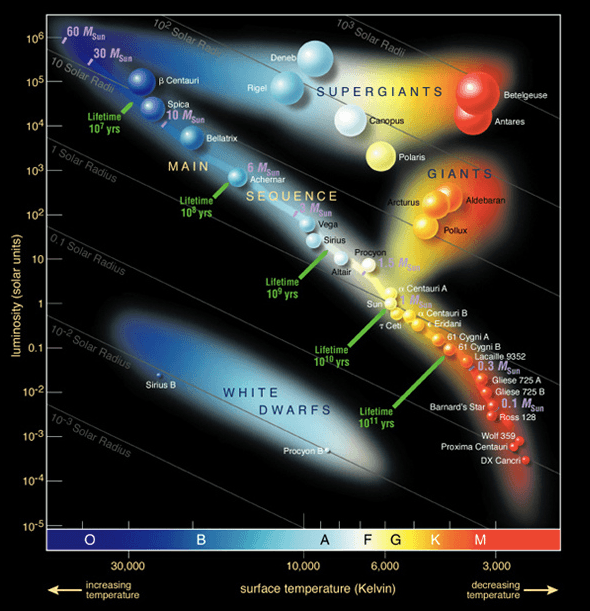
What is blue?
The inward force of gravity and outward pressure from this nuclear process must be in balance in order for a star to maintain equilibrium.
What is fusion?
The reason why Spaghettification happens is because there are massive differences in this force from one point in space to another.
What is gravity?